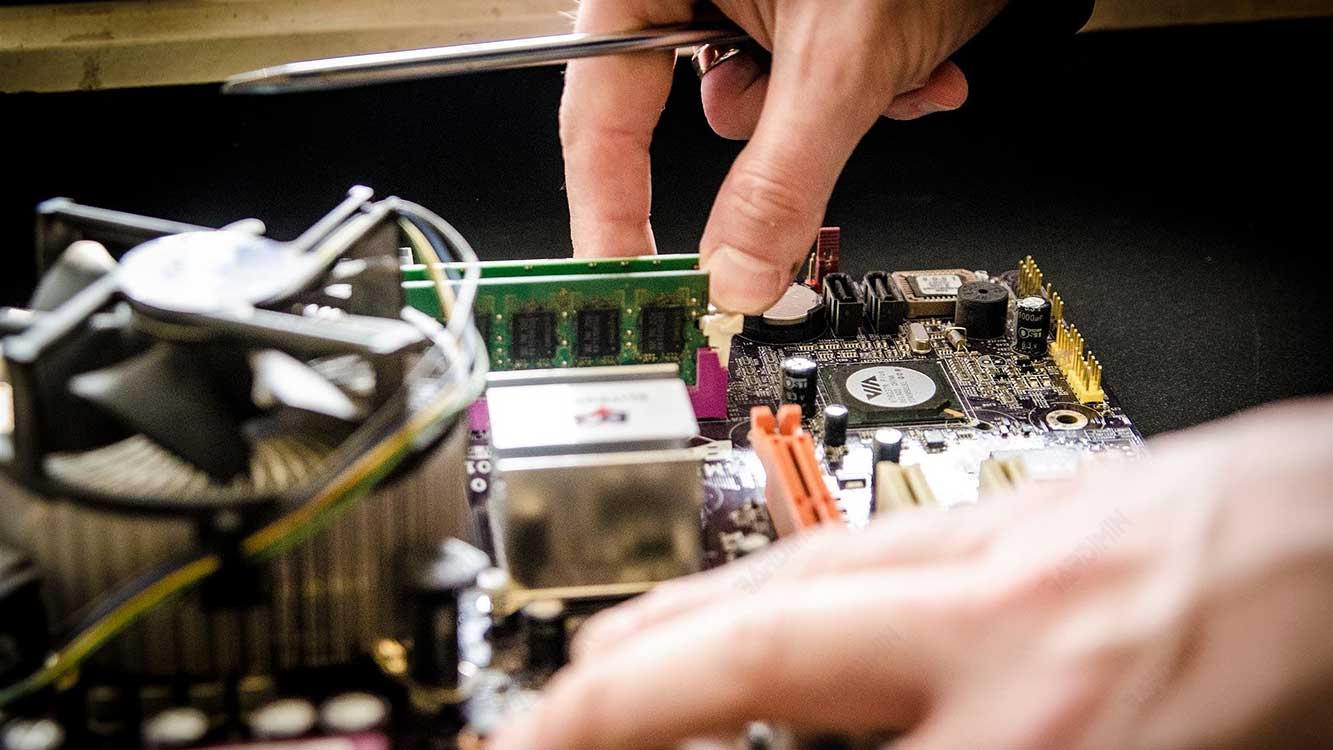A computer can work well for more than five years if properly maintained, but if the user does not protect his hardware, the computer will not last long. This is why taking care of a computer is so important.

This article is the second part of Computer and Laptop Hardware Maintenance Procedures that will guide you to keep your computer working properly. If you want to keep your device secures, you can follow the following procedure:
9] Save Product Key
Before you reinstall Windows or format someone’s computer, be sure to write down the Product Key. When you reinstall Windows, it will usually ask for a key, and sometimes it will require you to use the original key. You can find it in the registry or in a file named “system.1st” on drive C: if the file exists.
You can also get the Windows Product Key by using Command Prompt or Windows PowerShell. Use the following command to display it.
“wmic path softwarelicensingservice get OA3xOriginalProductKey”
10] Check Port
Make sure the USB port is working properly before you complete a major upgrade. You can use the printer or loopback plugs with a testing program. Be sure to test the COM port with a loopback plug if you’ve replaced the motherboard or if you’ve recently built a new system for someone.
11] Scan Bad Sectors
Before you reinstall Windows on a computer that has problems, be sure to perform a thorough scan of the entire surface of the hard drive for bad sectors. You can do this from the DOS utility or Safe Mode. This may take time, but the result is well worth it. You don’t want to start all over again repairs just because there’s one part that broke or failed at the start of the drive that you didn’t think was bad.
To scan for bad sectors on a hard disk drive (HDD), you can use the built-in tool in the Windows operating system called “Check Disk” (CHKDSK). If any bad sectors are found, CHKDSK will try to repair them or isolate the damaged sectors. It is important to remember that scanning and repairing bad sectors can take time and there is a possibility that data affected by bad sectors cannot be recovered.
12] CD-ROM Test
Test the CD-ROM drive if it is installed. If you can, make sure that the drive letter is set to the same letter as before, using the letter after the final letter that the disk drive uses. Usually, when you add a new hard drive or other storage device it will use an unused initial letter.
13] Device Conflict Detection
Check Device Manager for problematic devices. If you need to adjust settings to make a particular card work, be sure to take note of the settings. Be sure to provide a copy of the settings to the owner of the computer you are working on.
Conflicts can occur due to problematic or inappropriate drivers. Incorrect IRQ (Interrupt Request) settings on hardware can also lead to conflicts, which can occur when two devices use the same IRQ.
Hardware that uses the same resources, such as excessive use of USB ports or use of adjacent PCI slots can cause conflicts.

